- Home
- About Us
- Products
-
Heat-Pump Dehumidifier DeAir
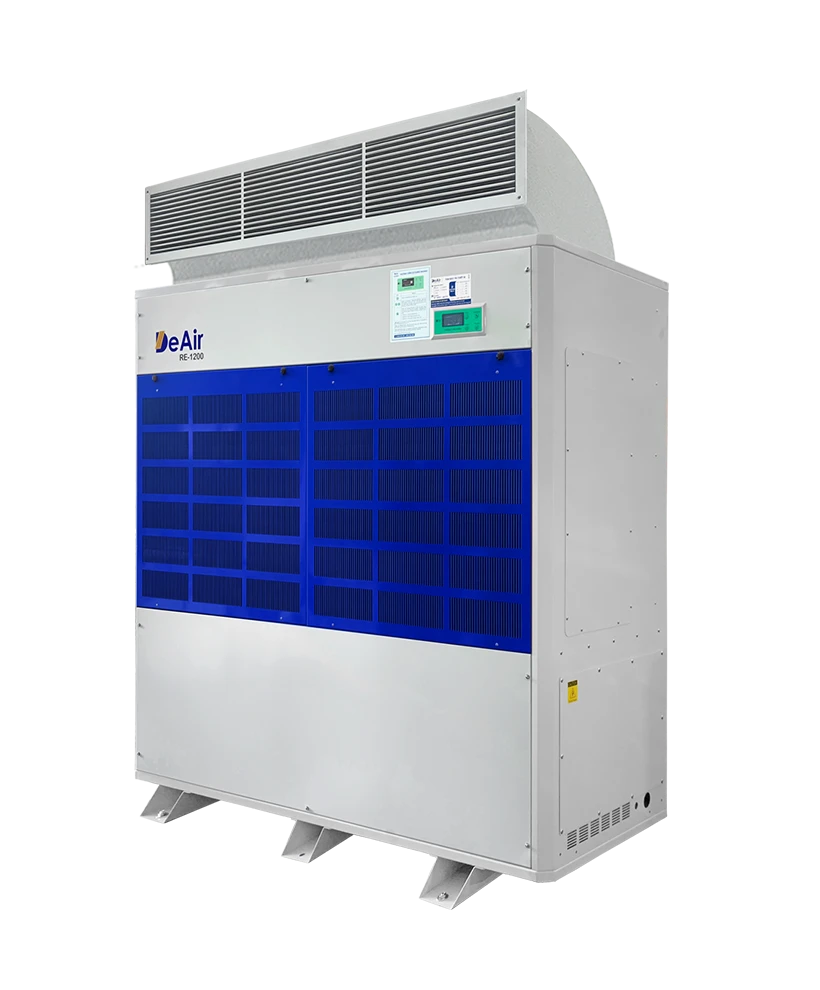 DeAir.RE
DeAir.RE -
Heat-Pump Dryer DeAir.RE-H
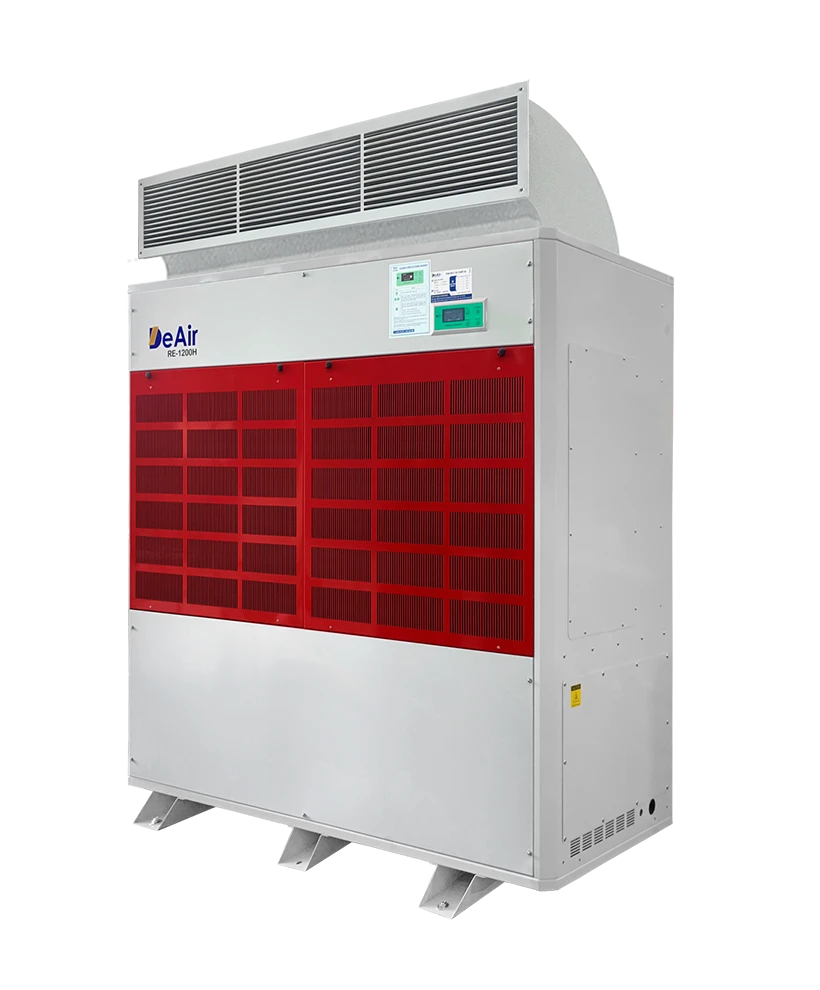 DeAir.RE-H
DeAir.RE-H -
Heat-Pump Stainless Steel Dehumidifier
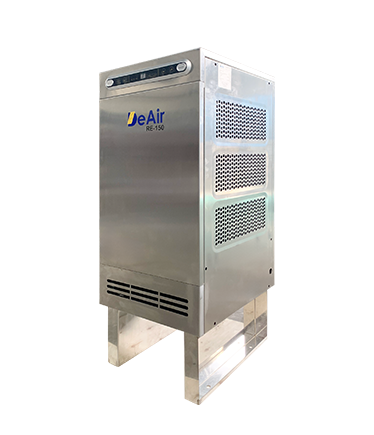 DeAir.RE-INOX
DeAir.RE-INOX -
Heat-Pump Isothermal Dehumidifier DeAir.CRE
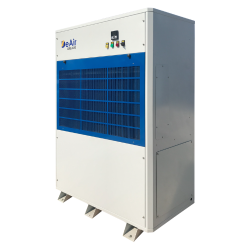 DeAir.CRE
DeAir.CRE -
Dezenno Dehumidifier
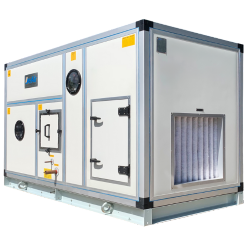 Dezenno
Dezenno -
Heat-Pump Ceiling Mounted Dehumidifier DeAir
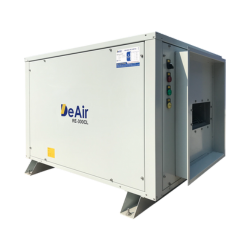 DeAir.RE-CL
DeAir.RE-CL -
Dehumidifier Olmas
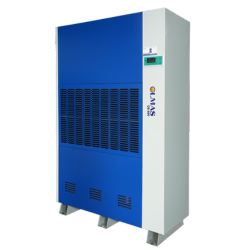 Olmas-OS
Olmas-OS -
Industrial Humidifier DeAir
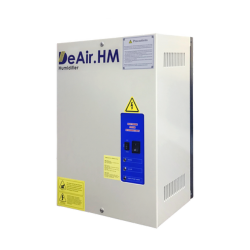 DeAir.HM
DeAir.HM -
Heat-Pump Dryer Daxwell
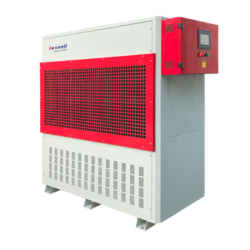 Daxwell
Daxwell -
Electric Duct Heater DeAir
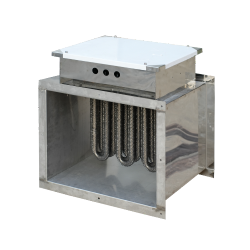 DeAir.Heat
DeAir.Heat -
Air Handling Unit Dezenno.MAX
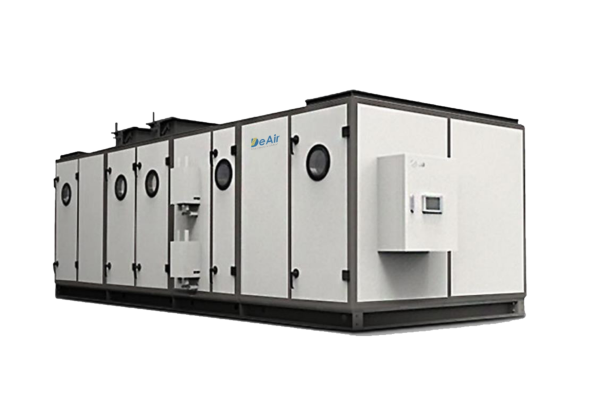 AHU
AHU
-
- Services
- Projects
- Warranty – Maintenance
- News
- Contact
A Comprehensive Humidity Control Solution for Electronics Factories to International Standards
09/04/2024
The "Silent Enemy" of the Electronics Industry: Humidity and Its Billion-Dollar Damage
In the electronics industry, where every component is a product of high technology and holds significant value, ambient humidity is a "silent enemy" with devastating power. A minor lapse in humidity control can lead to billion-dollar losses, reduce product yield rates, damage brand reputation, and even compromise workplace safety. Recognizing this threat is the first step toward protecting your manufacturing output.
4 Devastating Impacts of Humidity on Electronic Components
🧪
Microcircuit Corrosion
Water vapor in the air forms a micro-thin film of moisture, creating an electrolytic environment that corrodes circuit traces, component leads, and solder joints.
⚡
Electrostatic Discharge (ESD)
Improper humidity levels (both too high and too low) increase the risk of static buildup and discharge, which can permanently destroy sensitive semiconductor components.
💥
Physical Damage
It causes the "popcorning" effect during soldering of moisture-saturated components, leading to delamination and micro-cracks in the PCB's material structure.
🔬
Cleanroom Contamination
Humidity is the ideal condition for mold and bacteria to thrive, generating particulate contamination that compromises the sterile manufacturing environment.
These risks are also a primary cause of electrical leakage due to high humidity, posing a serious threat to workplace safety.
Humidity Standards for Each Area in Electronics Manufacturing
Different stages in electronics manufacturing require distinct temperature and humidity thresholds. Strict adherence to these standards is mandatory to ensure product quality and reliability. Below is a summary table of recommended conditions:
| Manufacturing Area | Temperature | Relative Humidity (RH) | Risks if Exceeded |
|---|---|---|---|
| Semiconductor & IC Fabrication | 22°C | 40-45% | Photolithography errors, contamination |
| Lithium Battery Room | 21-22°C | <1% | Fire/explosion risk, reduced battery life |
| PCB Assembly & Testing | 20°C | 20-35% | Soldering defects, increased ESD, corrosion |
| Component Storage (MSL) | 22-24°C | <5% - 45% (Depends on MSL level) | Damage during reflow (popcorning) |
| High-Frequency Transformer Mfg. | 27°C | 5% | Electrical discharge, reduced insulation |
These standards are based on strict international guidelines such as the JEDEC standard, ensuring that components are manufactured and stored under optimal conditions.
DeAir's "Tailor-Made" Solutions: Choosing the Right Dehumidification Technology
There is no one-size-fits-all dehumidification solution. DeAir provides different technologies, "tailor-made" for each specific humidity requirement, helping businesses optimize both technical efficiency and investment costs.
DeAir Dehumidification Technology Selection Matrix for the Electronics Industry
Humidity > 40%RH: Condensing Dehumidifiers
Applications: General storage, assembly areas, and quality control rooms without extremely strict humidity requirements.
Advantages: High efficiency in moderate humidity conditions, reasonable investment and operating costs.
Humidity < 40%RH: Rotor Dehumidifiers
Solution: Dezenno
Applications: Mandatory for areas requiring ultra-low humidity, such as lithium battery rooms, high-level MSL component storage, and transformer manufacturing.
Advantages: Capable of achieving extremely low humidity levels (1-5%), stable operation across a wide temperature range.
For a detailed comparison of the two technologies, please read our article: Condensing vs. Rotor Dehumidifiers.
Comprehensive Integration with the AHU Dezenno.MAX Air Handling System
For large-scale factories or cleanrooms, standalone dehumidifiers are not enough. The AHU Dezenno.MAX system acts as the central "brain," integrating multiple functions to create a perfect production environment:
- Synchronized Control: Precisely manages temperature, humidity, and room pressure simultaneously.
- Air Purification: Can be equipped with HEPA/ULPA filters to meet the strictest cleanroom classifications.
- Positive Pressurization: Effectively prevents the infiltration of dust and contaminants from outside.
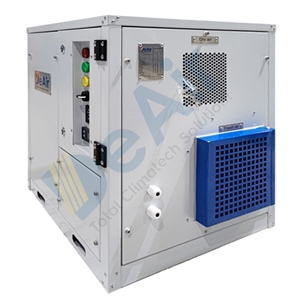
The Dezenno rotor dehumidifier is an indispensable solution for applications requiring humidity below 40%RH.
CONTACT US FOR A CONSULTATION AND QUOTE
DeAir's team of experts is ready to conduct a site survey and provide the most optimal and cost-effective humidity control solution for your needs.
DEAIR JOINT STOCK COMPANY
Email: operation@deair.com.vn
Hotline: 0925 977 579 (Ms. Tam) | 0914 205 850 (Ms. Hoa)
Website: deair.com.vn
Sign up for news from DeAir
Related news





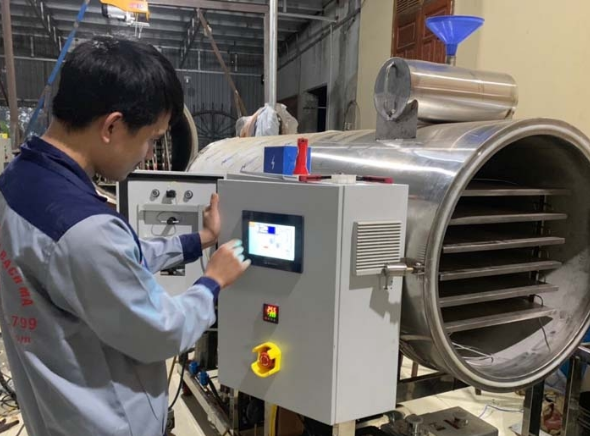



![[Case Study] DeAir Installs DeAir.De Rotor Humidity Control System for Pharmaceutical Plant in Binh Duong [Case Study] DeAir Installs DeAir.De Rotor Humidity Control System for Pharmaceutical Plant in Binh Duong](https://deair.com.vn/thumbs/news/2023_04/ban_giao_may_cho_duoc_bd/[270x153-cr]image1-1024x772.jpg__cv.webp)

![[Review & Guide] Olmas OS-300: The New Humidity Control "Warrior" for Medium to Large Warehouses [Review & Guide] Olmas OS-300: The New Humidity Control "Warrior" for Medium to Large Warehouses](https://deair.com.vn/thumbs/news/huong_dan_su_dung_may_olmas_21/[270x153-cr]vtm06440.png)